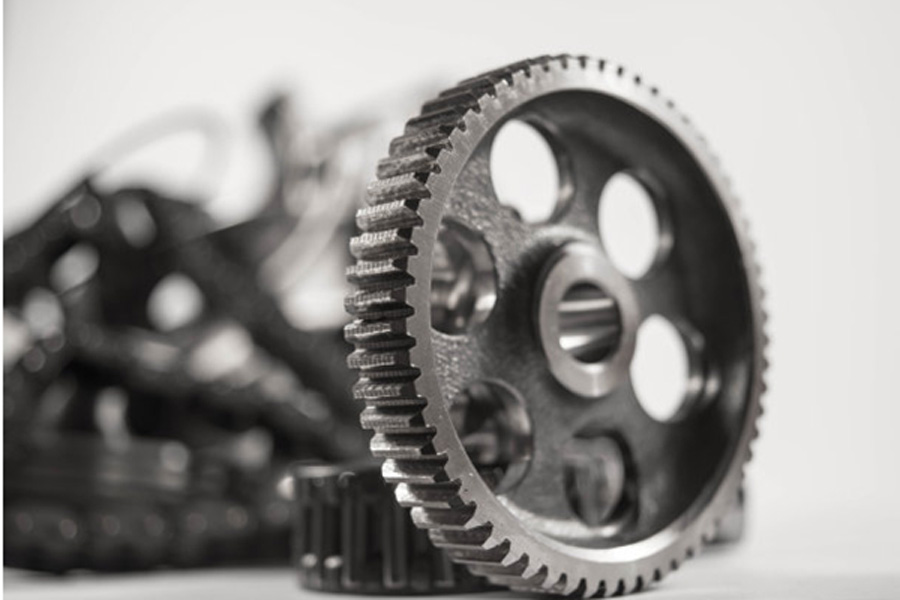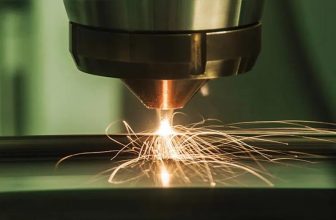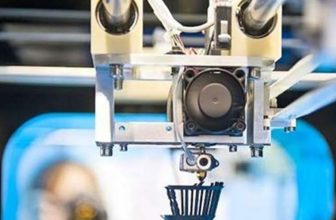
With the rise of 3D printing technology, its application areas continue to expand, covering industries such as automobiles, templates, medical, aviation, and navigation. For enterprises, success and performance growth depend on continuous innovation. Only in this way can they maintain a competitive advantage.
In May last year, the “Harvard Business Review” stated that R&D expenditures are ten times the advertising expenditures of today’s companies in the world. However, for many traditional manufacturers, the adoption of digital technology in their workflow is still regarded as an insurmountable challenge. The main reason is that there is no definite definite number of the actual financial impact of adoption or not, so it is difficult for traditional manufacturers to understand The competitive advantage brought by 3D printing technology.
3D printing brings great advantages to traditional manufacturing, especially in the automotive industry, which is largely due to the larger number of parts required in production. Leading automakers are relying on 3D printing technology to speed up product development cycles and reduce resources such as time and energy. 3D printing is already changing the workflow of automobile production, from R&D to supply chain and production.
Iterative research and development
Additive manufacturing has brought revolutionary research and development to automakers-increasingly used to reduce development time, improve prototype workflows, and deliver innovative parts that cannot be achieved with traditional technology. Among several major automakers in the United States, 80% to 90% of each initial prototype component has been 3D printed. Some of the most popular components are air intakes, partial exhausts and ducts. These parts are digitally designed, 3D printed, and installed on the car in a short period of time, and then tested through multiple iterations. Rapid prototyping can shorten the development phase and shorten the development time of the final product.
Avoid supply chain disruption
Most batch car manufacturers use just-in-time manufacturing, where a large number of parts arrive on the production line immediately before assembly to reduce the need for expensive warehouse space. If a manufacturer’s supply chain is disrupted, AM can facilitate this process to create production parts on site.
For example, during the recently planned launch of a new car, the tooling of the box containing the engine control unit (ECU) was incorrectly manufactured. As a result, the launch of this new car was delayed. In order to avoid expensive waiting time for third-party suppliers to pay for new molds, we adopted AM. The first few hundred cars produced this time, including ECUs, were installed in boxes made with direct digital products. The CAD file is optimized for 3D printing, so that the time required for the final production part is only a fraction of the time required for reinstallation.
Customization in the special vehicle industry
One of the most interesting parts production in the real world is cooperation with special car manufacturers, such as sports cars, luxury cars and super sports cars. These manufacturers produce small batches of prestigious exotic cars for the most discerning customers. Because of the unique cars they make, they are also looking for ways to make distinctive parts for these cars.
In this case, AM is used to create customized brackets, gaskets and grommets, as well as complex dedicated units made according to the buyer’s personal requirements. A good example is the creation of personalized inscriptions for internal components such as dashboards or doors.
AM helps the rise of electric vehicles
Electric vehicles (EV) are becoming increasingly popular among consumers as an “environmentally friendly” mode of transportation. The combination of battery power and internal combustion engine does not eliminate the need for weight reduction and engine cooling from the automobile manufacturing equation.
Although the latest progress has been made in reducing the weight of the batteries that power electric vehicles, they are still one of the heavier parts of the vehicle. The increase in vehicle weight will affect efficiency and performance. Therefore, when engineers design parts for these vehicles, they are looking for ways to reduce the weight of each part. Design for Additive Manufacturing (DfAM) makes engineers rethink how to create parts-allowing them to produce parts in ways that traditional technology cannot achieve. This results in parts with unique geometries—usually at reduced weight—that can be produced as a single final part without requiring multiple parts to be assembled. The result is a reduction in the burden on the powertrain, which helps increase the driving range of the vehicle.
With the power of AM, another innovation may be a 3D printed cooling jacket that acts as a heat exchanger. Electric vehicles’ motors and batteries generate a lot of heat, especially during the charging process. To make the parts, the designer scanned the car’s electric motors and batteries, optimized the design using AM software, and produced the parts using a 3D printer. The custom design of the cooling jacket can take heat away from these important parts of the vehicle, thereby helping to reduce wear-thereby optimizing the life of the parts. As automakers continue to adopt additive manufacturing, this is one area.





